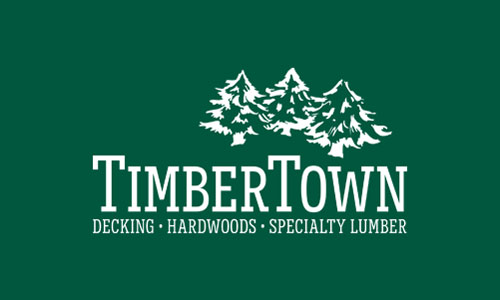No matter what age your deck is, the best way to increase its life cycle is to properly maintain it. In order to do this you’ll need to make regular inspections to look for issues as soon as they arise.
Two things that are easy to overlook are the joists and girders. That’s because these two parts are underneath the deck boards. In fact, they are the components that are keeping the deck floor in place. Girders connect to the posts and the joists (perpendicularly) acting as the backbone of the deck’s support system. They are located along the border of the deck. The joists rest on top of the girders running the length of the decking. They are needed to build the deck frame and provide a surface for the deck boards to connect to.
Tips for Checking the Girder and Joists of Your Deck
Tip #1 – Use the local building codes as a guideline.
This is useful if the deck is older or you bought a home with a deck that was already installed. You may find that the deck either isn’t up to code or wasn’t installed properly.
Tip #2 – Carefully examine how the girders are connected to the posts.
Girders should never be simply bolted into the posts. They need to either fit into notches in the posts or rest on top of the posts using a bracket fastener.
Tip #3 – Replace compromises girder connections.
If there is rust present or any of the connections are loose they should be replaced or tightened immediately.
Tip #4 – Look for rot at the end of the girders.
Pay close attention to the wood’s condition around the connections. Look for signs of rot and test the area by poking it with a sharp object. If it feels spongy or gives way easily this is a sign of rot and the girder should be replaced.
Tip #5 – Make sure joists are connected with joist hangers.
All joists should be connected to the rest of the structure with joist hangers only.
Tip #6 – Nails should be hanger nails.
The only nails used with the joist hangers and hurricane ties should be hanger nails. These are long galvanized nails they are specially designed to be used with certain joist hangers so the hangers can perform properly.
Tip #7 – Use hurricane ties when the joists rest on top of girders.
Hurricane ties will limit the movement and also require the use of hanger nails.
Tip #8 – Look for rust and wood rot in the joists.
Just like the girders, joists need to be inspected at the connection points to look for any signs of weakness and all the wood should be inspected for signs of rot.
If you feel at any point that portions of the deck are unsafe, or you’re unable to get underneath the decking to inspect the girder and joists give a professional a call. They’ll be up to speed on all the building codes and know exactly what to look for.
Image Source: flickr.com/photos/vivarin
Original Source: https://timbertownaustin.com/learning-center/how-to-inspect-the-girder-and-joists-of-your-deck/


